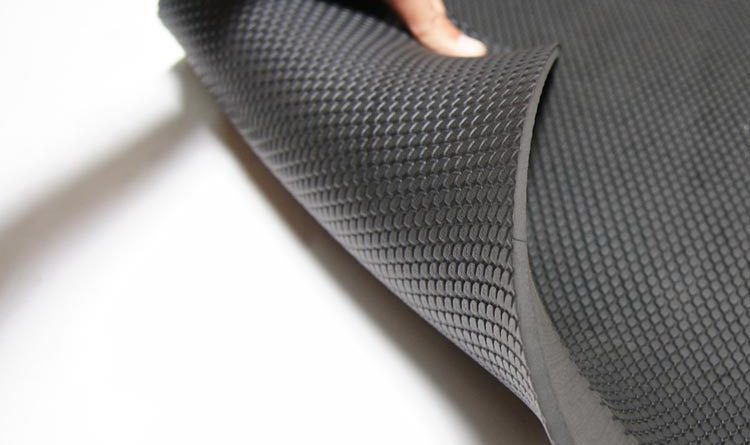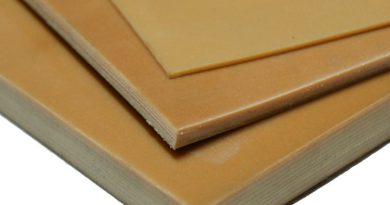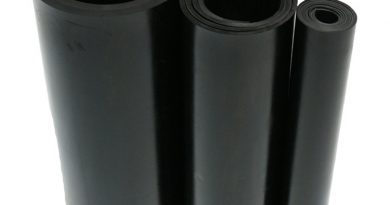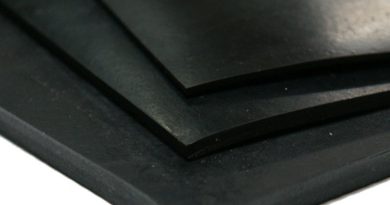Application & Consideration for Purchase of Neoprene Rubber Sheets
Neoprene rubber is a good choice if you are looking for a dependable surface that can withstand moderate levels of weathering, petroleum, oil, and ozone. The material is made of polymerized chloroprene that is sometimes called ‘polychloroprene’, which is primarily composed of chlorine polymers, hydrogen, and carbon. This makeup is critical to this certain synthetic rubber’s properties, like resistance to solvents, water, oils, and thermal conditions, and chemical inertness. Usually black, neoprene rubber sheets are widely used in different industries. They come in variations like open cell, closed-cell, and solid sheets, where each type is suited for certain types of applications.
Though different types of neoprene rubber sheets exist, all types have the same qualities that make them resistant to chemicals. This way, they can still be practical for applications that require an alternative to natural rubber, which is not as strong against outdoor elements and chemicals. Neoprene rubber was initially invented as a substitute for natural rubber, especially for applications that required an oil-resistant material. Additional properties have made neoprene more flexible and easily adaptable for many uses.
Unlike natural rubber, neoprene rubber sheets can tolerate higher temperatures (up to 200 degrees Fahrenheit) without degrading. High heat does not make the rubber stretch or melt, but makes it hard. Likewise, neoprene hardens and becomes stiff when used in temperatures of below zero degrees Fahrenheit. It remains function as long as the temperature is above -40 degrees Fahrenheit. Its chemical inertness makes it practical for industrial applications where heat resistance and corrosion resistance are important properties.
Neoprene can work with other materials and can be mechanically bonded with several kinds of metal like aluminum, stainless steel, copper, and brass. To achieve this, a basic bonding agent is used. Neoprene rubber sheets with certain types of additives can make adhesion possible between them and acrylic or glass. These additives also lower the neoprene’s oxidation rate, making them highly resistant to exposure to sunlight and usable in both outdoor and indoor environments.




